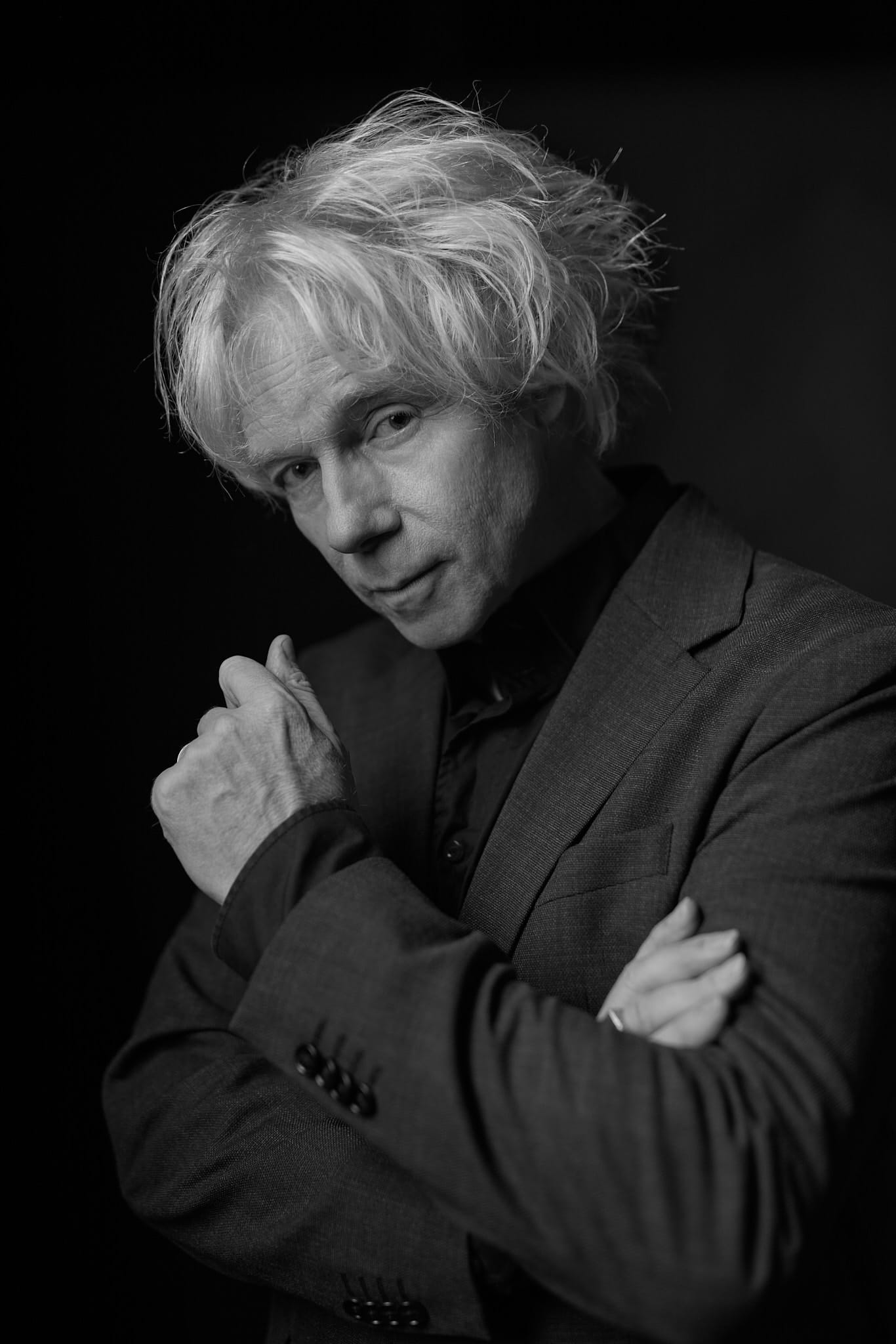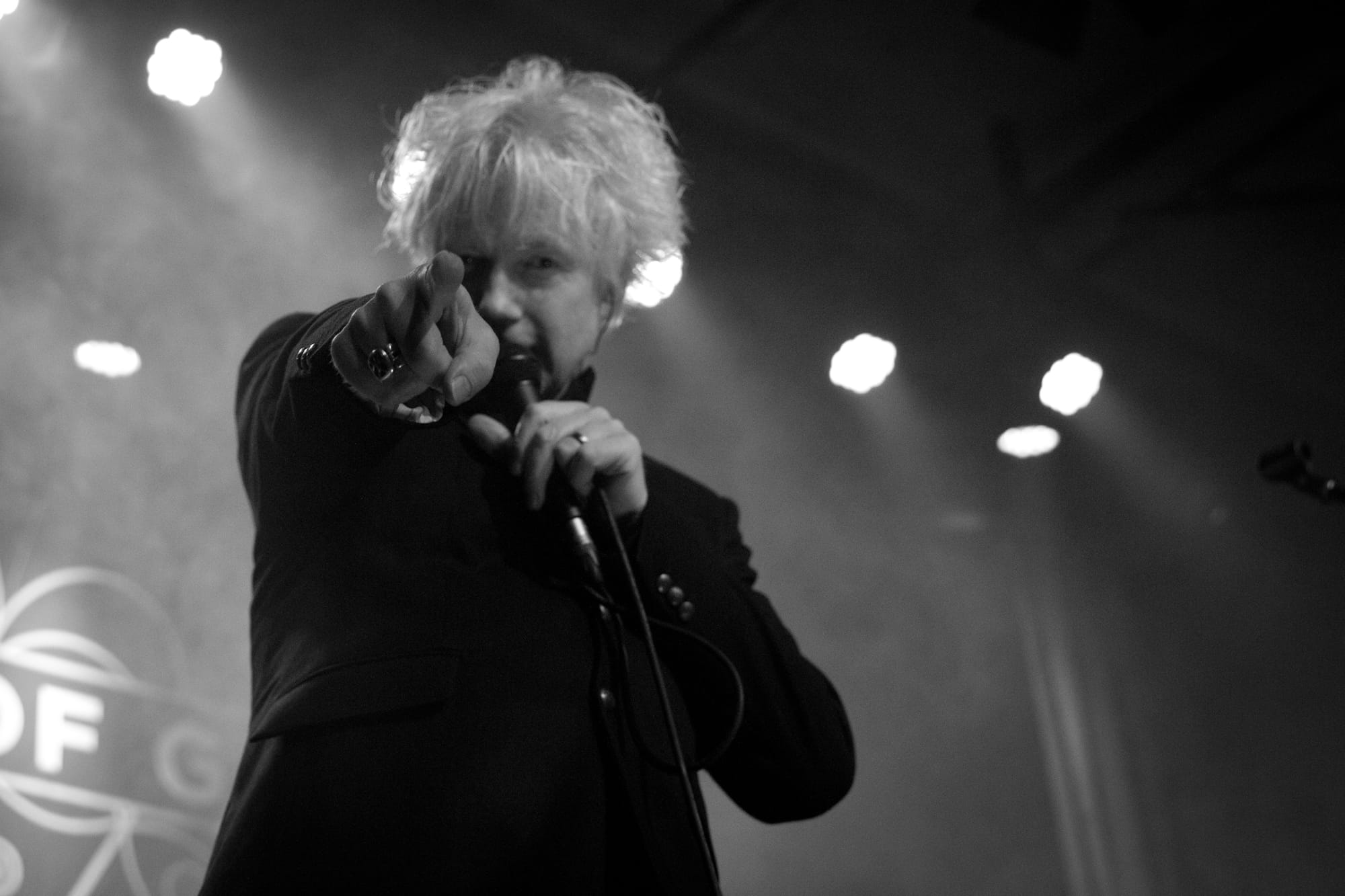With Songs of Homecoming, The Beauty of Gemina are about to release their 10th studio album. It is an intimate record featuring well-rounded compositions that bridge the band’s early dark, electronically driven gestures and the playful acoustic nuances from recent years.
Negative White sat down with the band’s creative mind, Michael Sele, at «Altes Kino Mels», his musical home base, for an extensive conversation. Across from us sat a man who found his confidence as an artist rather than a part of a band.

Michael, we last spoke officially eight years ago, before the release of Minor Sun. Looking back, what was the most influential moment for The Beauty of Gemina?
It’s difficult to pinpoint the most formative moment. Shortly before Minor Sun, there was another big personnel change in the band. These changes have followed me throughout the years of the band’s history. Minor Sun was the moment that led me to where I am today: I gained more self-confidence and put myself at the centre. The romantic notion of the band at the centre disappeared. It’s easy to say you’re the bandleader now, but it was a long process with many small steps.
Another critical moment was our first visit to South America in 2018. An autograph session was organised in Mexico; many came with things for us to sign. Printed fan artwork and flyers from all phases of the band, and I realised that the musicians constantly change; only one thing is the same: me and, of course, Mac Vinzens.
That’s when I realised that it’s all about this person. Clearly, music plays an important role, but it is immediately associated with me as an artist.
It’s interesting that you saw The Beauty of Gemina more as a band until Minor Sun. From an outside perspective, I would argue that it was always the artist Michael Sele and a changing cast of musicians around him. At the same time, my impression is that The Beauty of Gemina is more of a band today.
Yes, emotionally, I’m absolutely with you. The live band is undoubtedly the strongest formation I’ve ever had.
However, you must differentiate between two aspects: The musicians on stage are not the same as in the studio. For the production, I often worked with people in the studio who were never mentioned afterwards.
This was often not realised and is also the fault of digitalisation. On streaming platforms, there is hardly any information about the people behind the music. It’s madness that this is being lost today.
In any case, I created the last three albums mainly with my long-time companion, Philipp Küng. He was also involved earlier, but I only really mentioned this for the first time in my book.
What makes today’s live band the strongest formation in The Beauty of Gemina’s history?
I feel that, for the first time, everyone involved is purely about the music. That certainly has to do with age and maturity. It’s less about the side effects: the tours, the limelight, the autograph sessions. I’ve always been fascinated by creating. The encounters with the music. Who can I touch? What happens afterwards? That’s my driving force.
Now, I have people in the band interested in the same thing. We were recently back in Chile for the first time since 2018. At all the concerts, I felt that the band was all about the music and the encounters with the fans. That’s an excellent feeling.
It sounds so simple, but you must never forget: Applause is dangerous, especially when you’re younger. You can lose yourself in it. Suddenly, things become possible, but you forget yourself.

As the artist Michael Sele moved more into focus, so did his private life. And in 2019, a drastic event would further change Sele’s self-perception and perspective: heart surgery.





